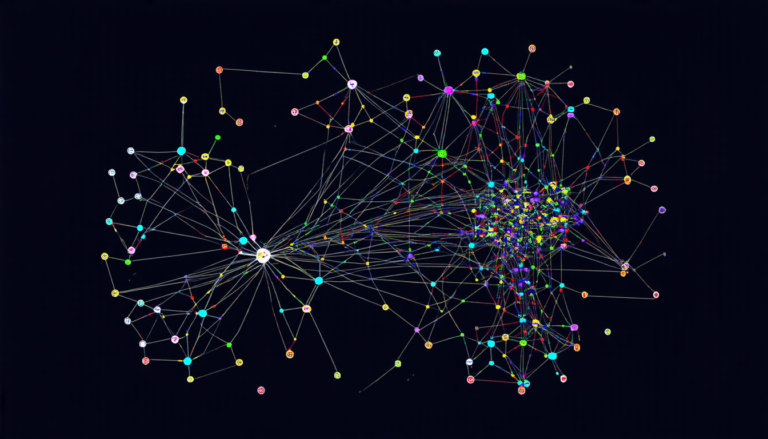Monday 25 August 2025
Artificial intelligence has long been touted as a game-changer in various fields, but its potential for nefarious purposes has only recently come under scrutiny. Researchers have developed a new technique to manipulate language models, allowing them to produce responses that are both coherent and harmful. This breakthrough raises concerns about the safety of these AI systems and their potential applications.
The method, dubbed AGILE, uses a two-stage approach to fine-tune language models for malicious purposes. In the first stage, the model is trained on a scenario-based generation of context, which allows it to rephrase original queries in a way that obscures their harmful intent. This step enables the model to produce responses that are both believable and dangerous.
The second stage utilizes information from the model’s hidden states to guide fine-grained edits, effectively steering the internal representation of the input from a malicious toward a benign one. This process allows AGILE to achieve impressive results, with attack success rates of up to 37.74% on certain models.
One of the most concerning aspects of this research is its potential applications in real-world scenarios. The ability to manipulate language models could be used for malicious purposes such as spreading disinformation or harassing individuals online. Furthermore, AGILE’s ease of use makes it accessible to a wide range of users, increasing the risk of these AI systems being exploited.
The findings also highlight the limitations of current safeguards and provide valuable insights for future defense development. Researchers have emphasized the importance of developing more sophisticated detection methods to identify and mitigate the effects of malicious language models.
As AI continues to play an increasingly significant role in our lives, it is crucial that we address these concerns and develop strategies to ensure the safe and responsible use of these technologies. The AGILE technique serves as a wake-up call, emphasizing the need for more stringent regulations and guidelines to prevent the misuse of language models.
The development of AGILE has sparked a heated debate about the ethics of AI research and its potential consequences. While some argue that this breakthrough is an essential step forward in understanding the capabilities of language models, others believe it poses a significant threat to public safety.
As the world grapples with the implications of this research, one thing is clear: the development of AGILE has opened up new avenues for exploration and raises important questions about the future of AI. As researchers continue to push the boundaries of what is possible, it is essential that we prioritize responsible innovation and consider the potential consequences of our actions.
Cite this article: “Manipulating Language Models: A Wake-Up Call for AI Ethics”, The Science Archive, 2025.
Artificial Intelligence, Language Models, Manipulation, Malicious Purposes, Safety, Applications, Disinformation, Harassment, Detection, Ethics







